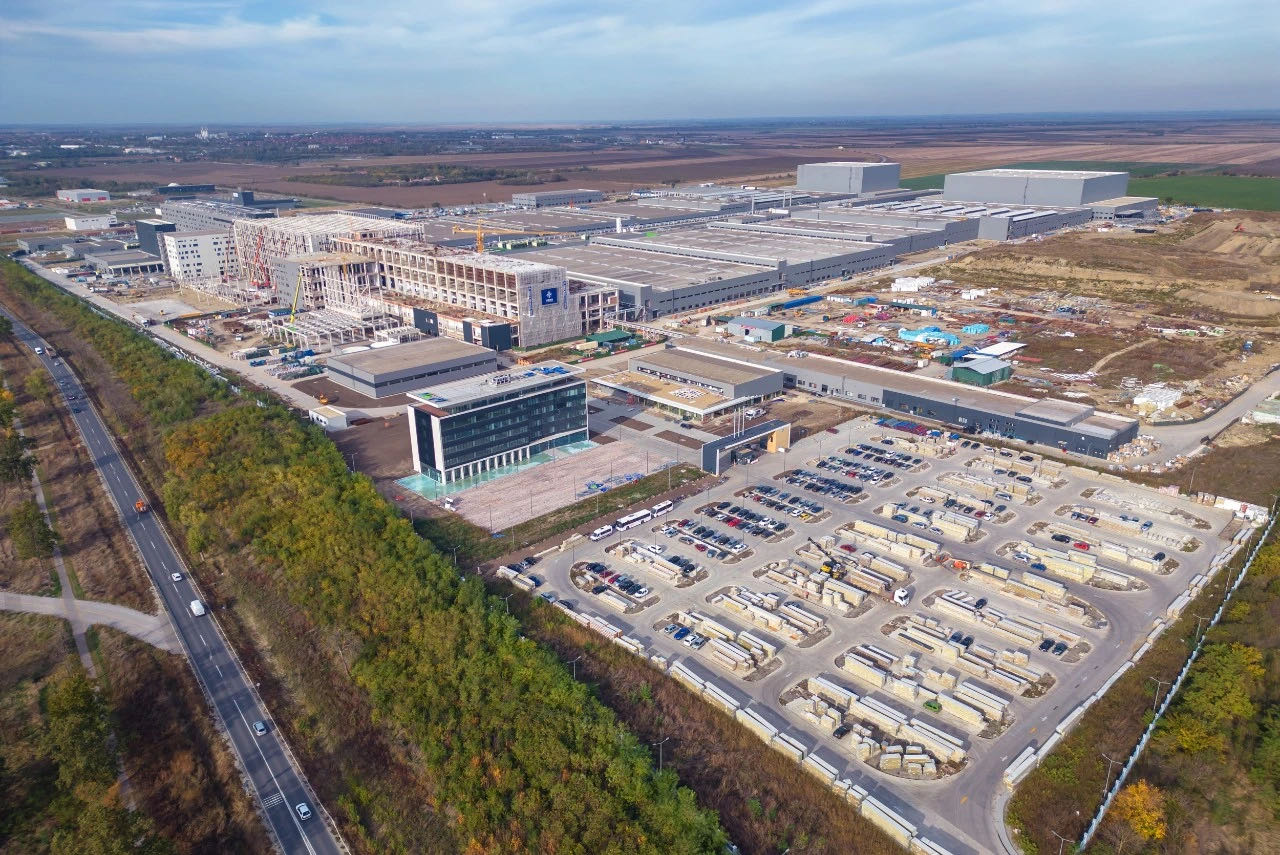
Serbia CV tyre import share surges as local production benefits help it into top 5 – Astutus Research
This time last year, Tyres & Accessories reflected on the changes witnessed in the sources of commercial vehicle tyre imports into the 27 countries of the European Union and the United Kingdom (EU27+UK) since the EU’s tariffs regime and the change accelerant of the Covid pandemic. In 2017, China was supplying 65 per cent of all imports in this market, which at that point measured a little more than 7 million units. With Turkey the source of around 10 per cent, and Korea and Japan supplying around 5 per cent each, only around 15 per cent of CV tyre imports were sourced outside these four countries.
Continue Reading
Emerging opportunity? A Bangladesh tyre market overview
With a population of around 170 million people in 2024, Bangladesh is the eighth most populous country in the world. With over 70 per cent of the country’s land devoted to agriculture and another 11 per cent forest, most of Bangladesh’s population can be found in densely populated areas. At the same time, it is one of the worlds fastest-growing emerging market economies. The countrys economic growth is contested, but the CIA world factbook puts it at US$1.413 trillion in 2023, up from $1.336 trillion in 2022 and $1.248 trillion in 2021. In other words, the country has bounced back strongly in the post-pandemic environment. Textiles are Bangladesh’s biggest export and the US (18%), Germany (16%), the UK (8%), Spain (7%) and Poland (6%) were the biggest export destinations in 2022.
Continue Reading
All-season a growth segment for the van tyre market – GfK data
Figures from the UK’s Society of Motor Manufacturers and Traders (SMMT) and the Brussels-based European Automobile Manufacturers’ Association (ACEA) show that the market for new vans is relatively buoyant in 2024. In the UK, light commercial vehicle registrations have consistently trended upwards, with October figures registering a 3.5 per cent year-on-year increase versus 2023 over the first 10 months of the year – a figure that increases to 4.7 per cent if we remove the marginal Pickup and 4x4 categories, which are the only light commercial segments to contract in this period. This growth in new vans on UK roads has been steadier than in 2021, when pent-up demand after the pandemic played a role before 2022 saw the market fall back within touching distance of the nadir of pandemic sales. The healthy outlook in 2024 is to some extent undermined by both the stalling electrification of the UK van parc (see textbox for more) and more rapid growth achieved in some continental European markets.
Continue Reading
Sustainability in the usage phase: details of Michelin’s whole life tyre strategy
Picking up on our earlier first-look relating to Michelins whole-life sustainability strategy and previewing the extended and more in-depth take we exclusively provide in our forthcoming Trends & Facts premium supplement, here are some further details Tyres & Accessories gleaned during a recent visit to the French tyre majors headquarters. The wider context is necessary to understand why Michelin cares so much about both tyre wear and whole-life performance. And that was something that Gary Guthrie, SVP Automotive Global Brands Business Line at Michelin made the focal point of his presentation at the company’s global headquarters in Clermont-Ferrand, France:
Continue Reading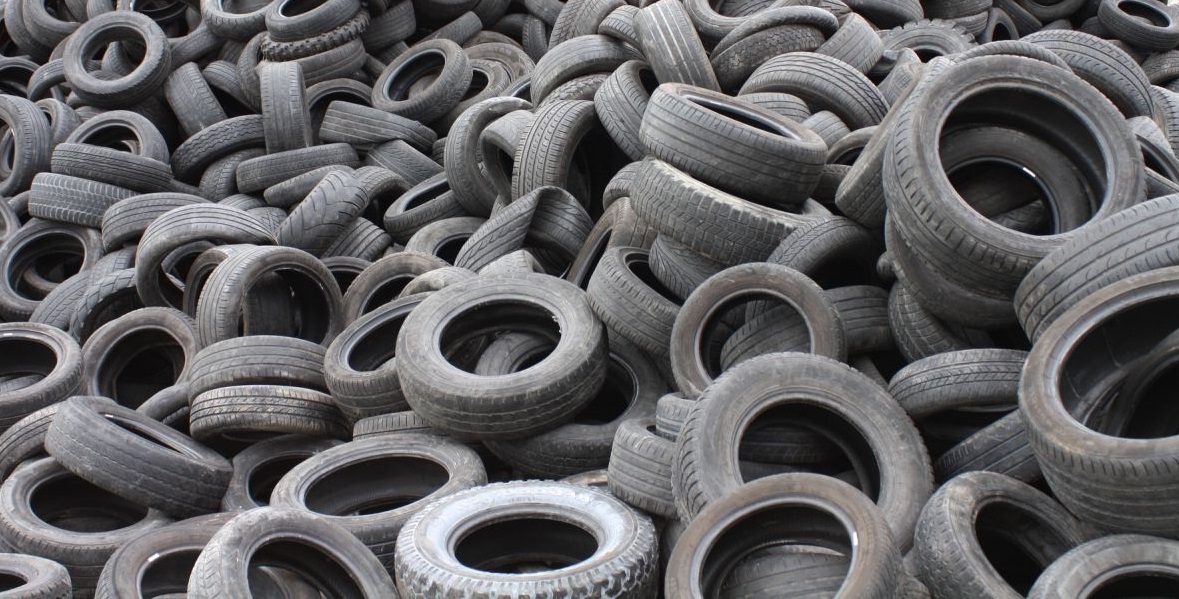
Tyre Recovery Association’s vibrant forum demonstrates necessary focus on UK sector
When DME Tyres’ Bill Clarke, the Tyre Recovery Association’s president, addressed the impressively large number of delegates from across the tyre sector at the 2024 Briefing Day (Tuesday 24 September, Leamington Spa), he was in no mood to mince his words. “I don’t think the UK recycling industry can survive in its current form…with one hand tied behind its back,” he said, summing up many years of frustration for the TRA and its members. With a new government slowly – too slowly, perhaps – setting out its legislative agenda, his dramatic rhetorical tone was understandable. With several issues coming to a head, led by an end-of-life tyre (ELT) export situation that is, in every sense, unsustainable, and evolving UK legislation governing waste carriers, brokers and dealers (CBD), the association and its forum speakers demonstrated an increased urgency about the tyre recovery situation.
Continue Reading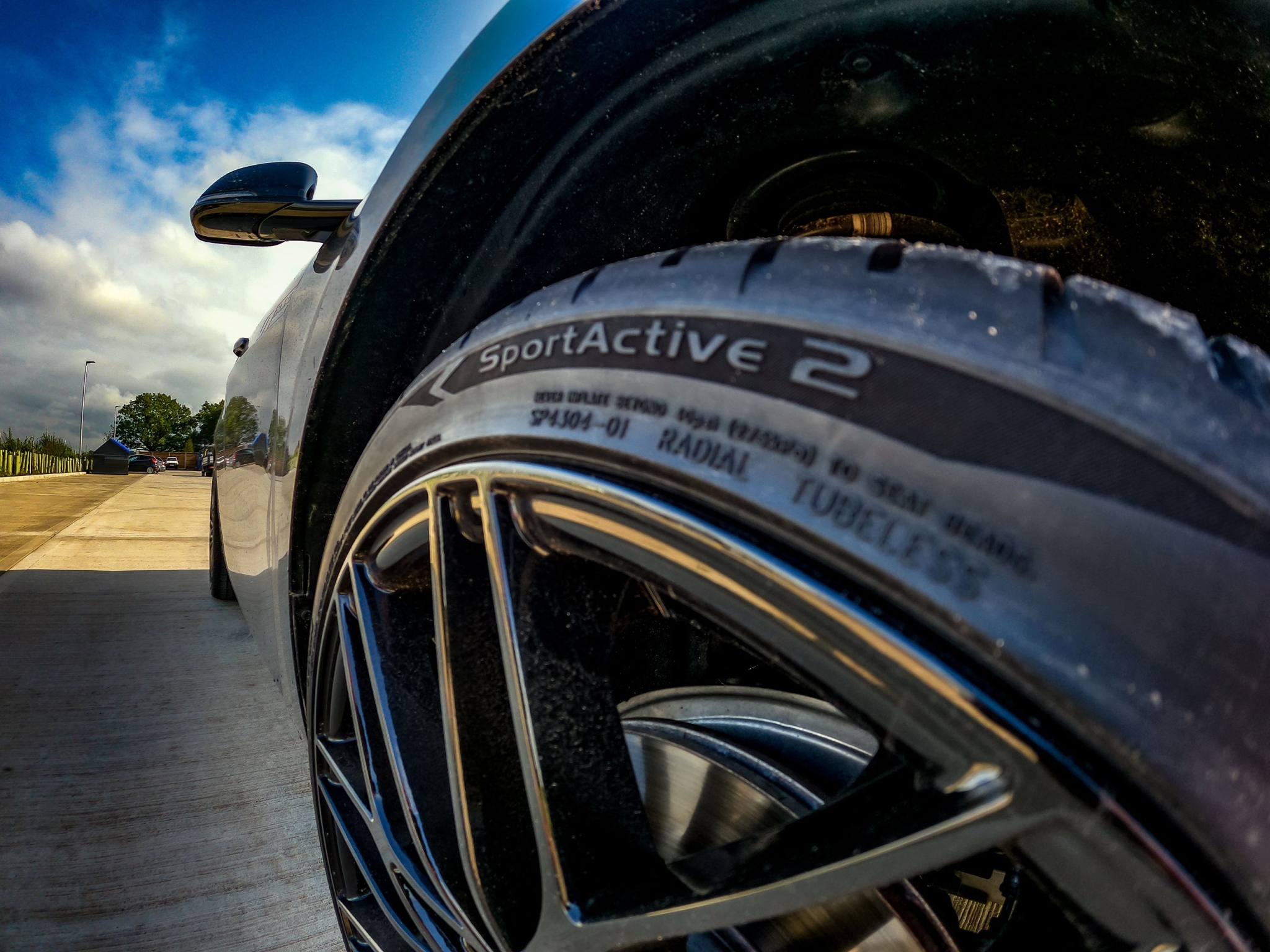
UK trend towards Budget segment continues in smaller UHP tyre dimensions – GfK
Retail sales at the lower end of the UK’s ultra-high performance tyre segment have seen a trend away from premium tyres, with the third-tier Budget segment continuing to increase its share, according to the latest panelmarket data from market analyst GfK. In last year’s edition of our feature on the UHP Tyre segment, Tyres & Accessories noted that there are three long-term factors at play in causing the sector dynamics we are currently witnessing: OEMs’ continued move towards the specification of 17” and 18” tyres on mass market, sub-premium car models; macroeconomic conditions in the UK, which have led to increasingly expensive retail goods at the same time as soaring borrowing costs and extremely soft growth in both the economy and wages; and the expansion in availability of low-cost tyres from sub-Premium, sub-Mid Range tyre manufacturers.
Continue Reading
High rim diameter tyres are West, Central Europe replacement car tyre growth segment
Using its broadest possible definition as tyres with rim diameters of 17” or more, the ultra-high performance tyre segment is the only engine of growth within the replacement passenger car and light truck (PCLT) tyre segment in West and Central Europe, the latest data and projections from leading tyre business analyst Astutus Research demonstrates. Having withstood the Covid pandemic and accelerated out of 2021 far quicker than smaller rim diameter segments, the 18”-plus segment especially is going to help bolster what little growth there will be in the PCLT tyre market within the region, while also taking market share from smaller sizes. With the electrification of the car parc bringing EVs with generally higher rim sizes, in addition to existing trends towards larger tyres, such as the popularity of SUVs, demand for tyres in this size segment will rise rapidly over the next few years, Astutus’ projections show (see the graphs on these pages for more details).
Continue Reading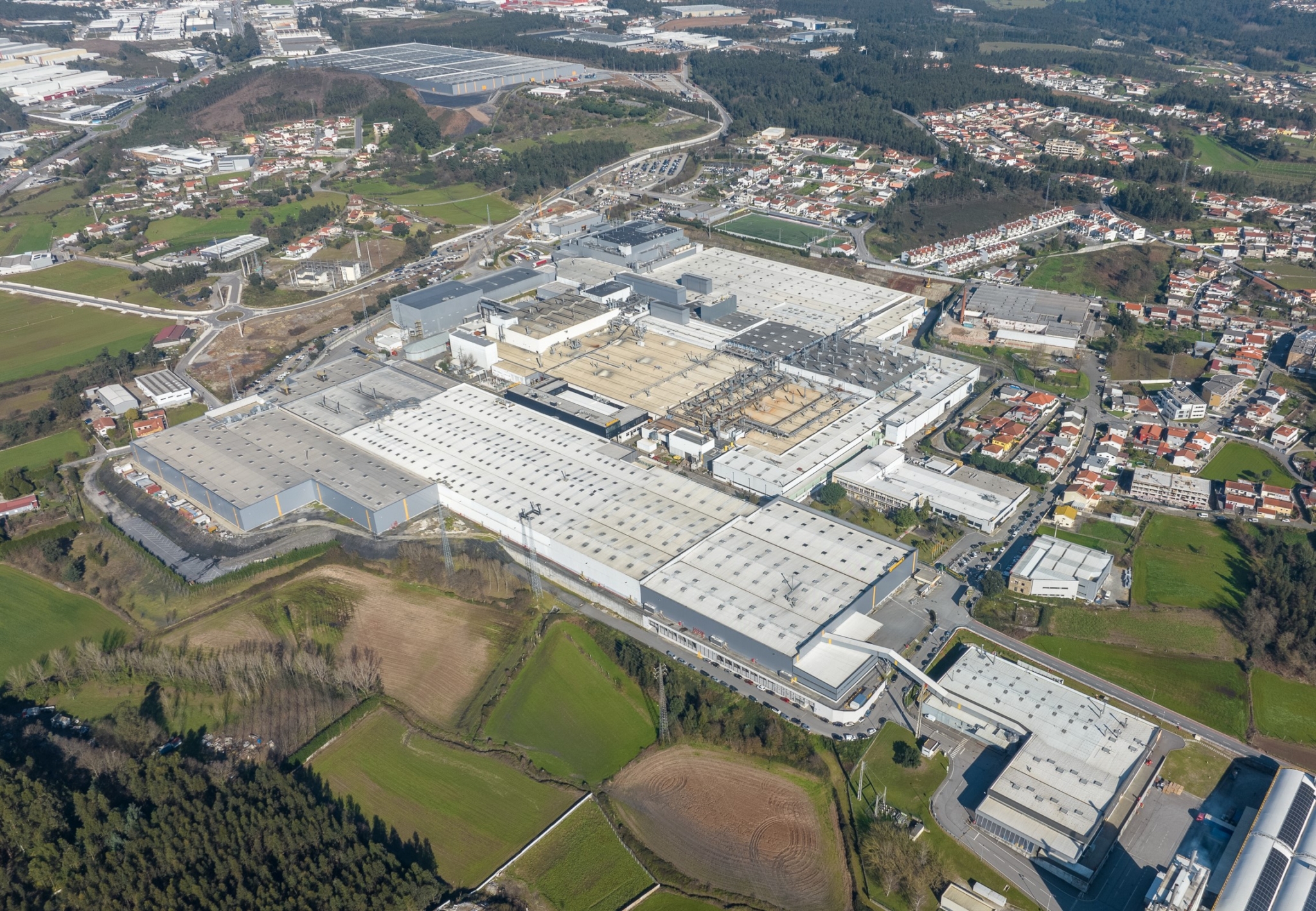
How Continental Mabor is supporting the manufacturer’s agricultural ambitions
In 2016, Continental took the decision to bring back the manufacture of Conti-branded agricultural tyres under its own control. Production of Continental agricultural tyres had been carried out by Czech tyre maker Mitas from 2004, when it acquired the license, and had been due to continue until 2019. However, the acquisition of Mitas by agricultural tyre manufacturer Trelleborg Wheel Systems meant the Continental brand became surplus to requirements. Conti saw this as an early opportunity to re-enter the lucrative, high-technology agricultural tyre segment with a premium brand intended to compete at the top of the European segment and manufactured at the Continental Mabor plant in Lousado, Portugal with the help of an initial 50-million-euro investment and the recruitment of a manufacturing and R&D team.
Continue Reading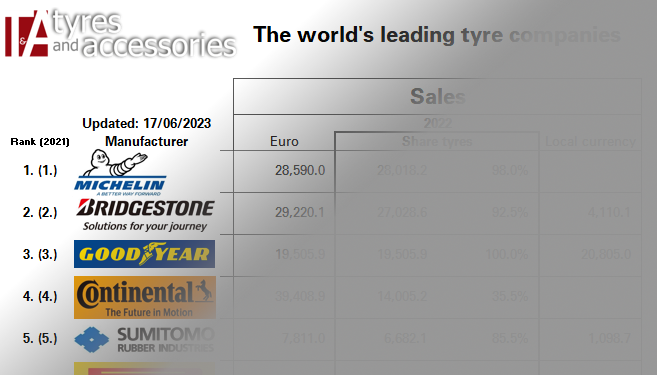
Michelin top, Sailun the fastest riser: All change in the second half of the global tyremaker top 20
There are many changes in our latest leading tyre manufacturers ranking. The 2023 table, which lists the world’s leading tyre companies according to their full-year 2022 financial results, particularly highlights the shifts that have taken place this year in the second half of the top 20. Meanwhile, the top nine tyremakers appear to be an increasingly stable group. Between places nine and 10, there is still a gap of some 1 billion euros, something that is clearly hard to overcome for newcomers. However, as insurmountable as it appears, the gap is obviously narrowing.
Continue Reading
Budget segment making inroads in UK high rim diameter tyre market – GfK
The long-term trends associated with the UK’s ultra-high performance tyre segment have continued to develop in line with expectations, but the latest data from market analyst GfK reveals the unspooling effects of three segment defining factors: car-makers’ increased specification of 17” and 18” tyres on mass market, sub-premium models; the broader context of the UK’s high inflation-low growth economic environment; and the rising availability of low-cost tyres from manufacturers outside the premium (and even mid-range) tier. The last of these trends show why the term “ultra-high performance tyres” (or UHP tyres) is inherently suspect, just as “performance tyres” previously became a term applied to the majority of car tyres. The data we discuss in this article refers to high rim diameter products, encompassing everything from 17” up to the specialist products pushing well into the 20s. The tyre demands of new cars in the last decade and more have trended upwards to make the lower end of this range a regulation fitment on family hatchbacks and saloons.
Continue Reading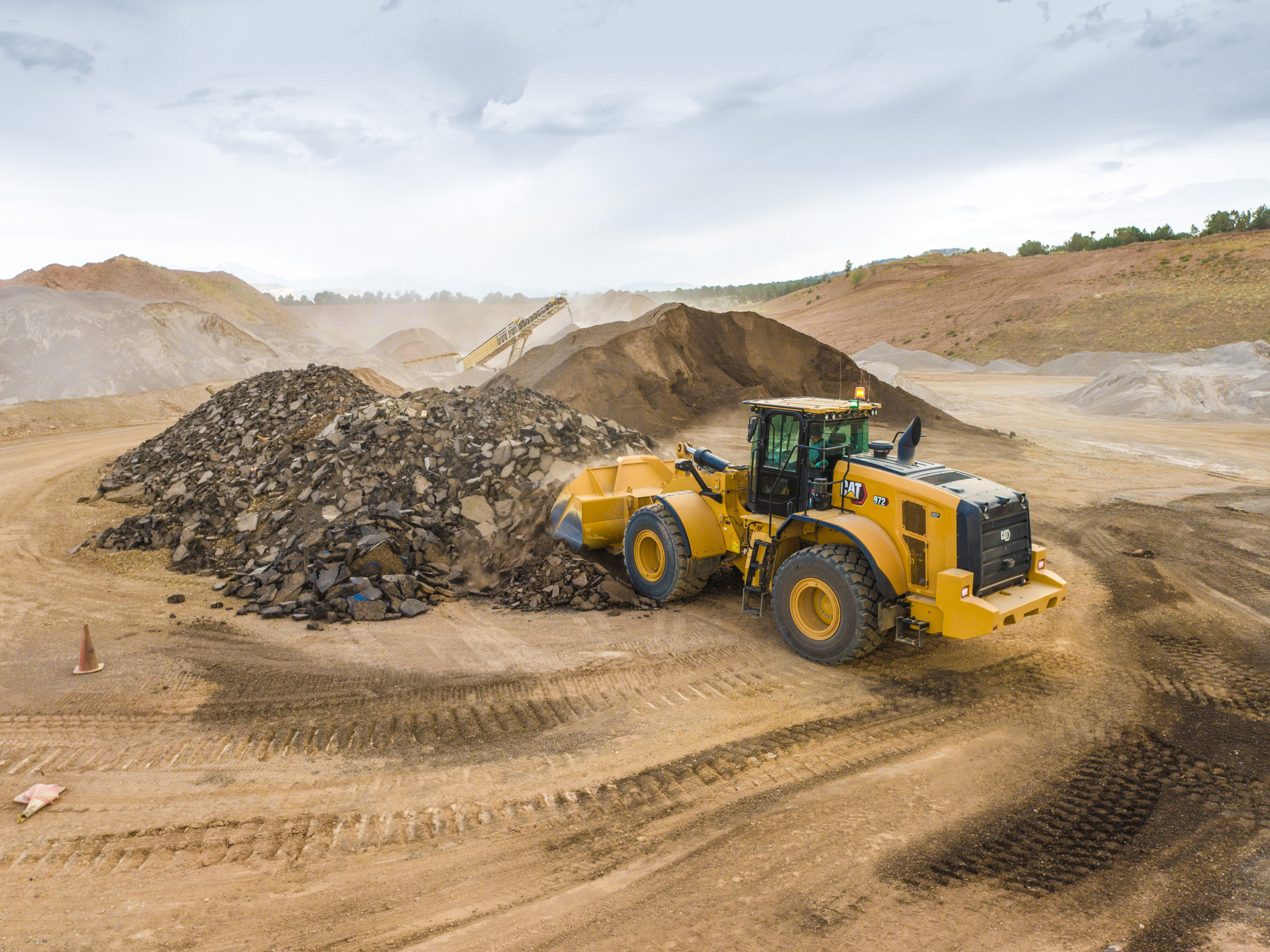
European imports of OTR tyres continue rapid growth trend – Astutus Research
The United Kingdom and European Union is importing an increasing tonnage of Off-The-Road (OTR) tyres, as the sector responds to internal and external trends. Externally, sinking shipping costs and relatively controlled production costs are particularly favouring Asian manufacturers. And with Russia’s war on Ukraine making the country a pariah in European trading terms, there are additional reasons to source increasing numbers of OTR tyres from South Asia. Trading relations with Russia’s closest supporter Belarus are also frosting, which could see further gains for Asian factories, while emerging tyre producing nations like Serbia could also reap the benefits. While the size, weight and per unit cost of the largest tyres could present arguments in favour of more localised production, lower manufacturing and materials costs weigh even more heavily in this balance of factors.
Continue ReadingEuropean car tyre imports rise despite apparent risks of offshoring production
The European passenger car and light truck tyre (PCLT) import market recovered substantially from its bout of Long Covid in the second half of 2022 as the benefits of local versus remote production took an unexpected hit. A perfect storm of significantly lower freight costs and high European energy costs nudged the dial on the relative competitiveness of imports and domestic PCLT tyre production in the second half of 2022. Looking at the European PCLT tyre market through the prism of imports, leading sector analyst Astutus Research shares with Tyres & Accessories its data demonstrating the effects of a rapidly changing market context. The latest Astutus Research briefing, ‘Supply Dynamics in the European PCLT Tire Industry to 2028’, priced at £995 is available now on Tyrepress.
Continue Reading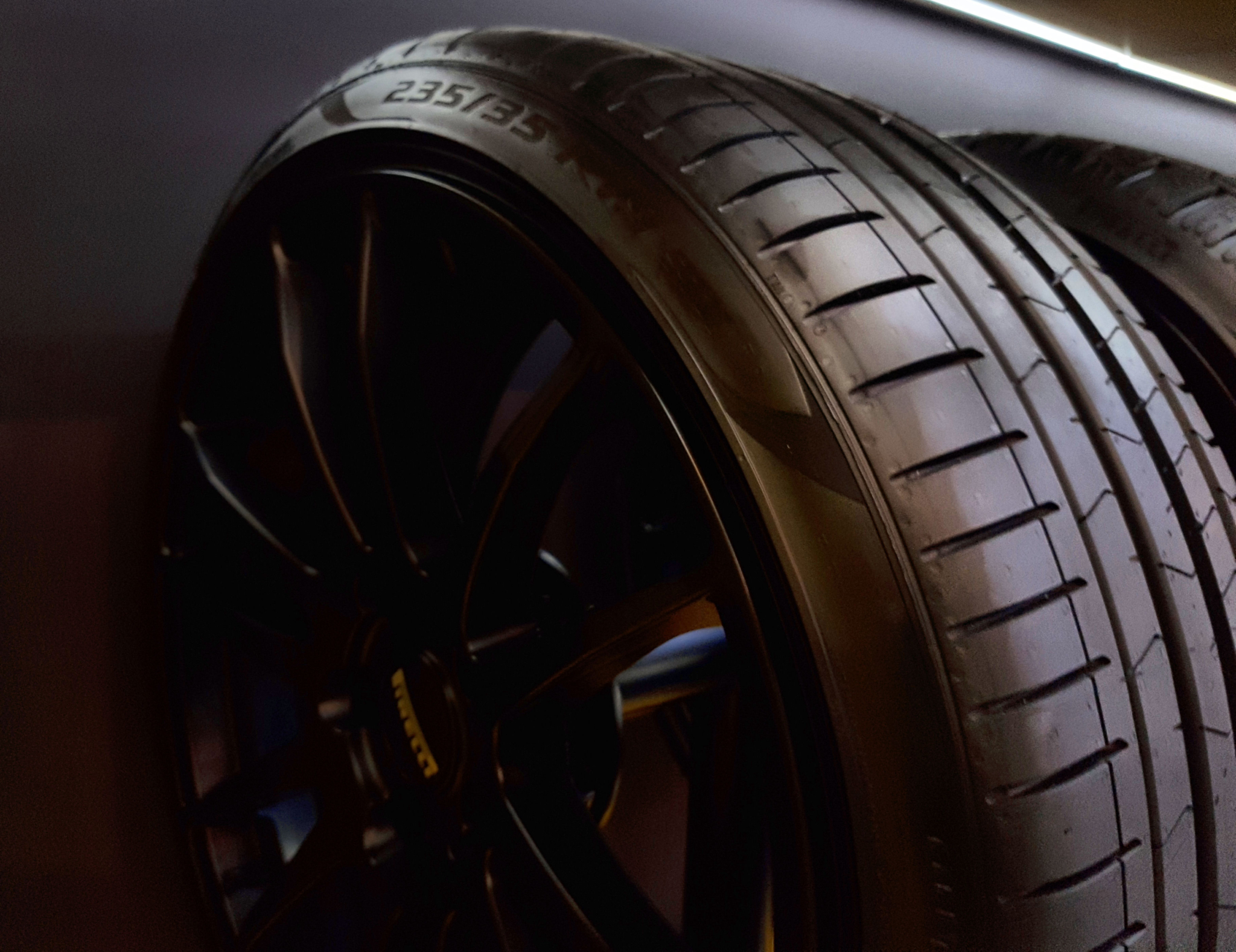
Higher rim size car tyre sales rising in UK’s stratified recovery – GfK
Challenging trading conditions persist in the UK thanks to various interlocking crises, though 2022’s replacement tyre market demonstrates the way some segments resisted the strong headwinds better than others. While overall tyre sales (units) were basically flat versus 2021, any anticipated surging recovery from a pandemic induced nadir was, broadly speaking, put off for another year. Contrastingly, the value of the overall market surged, though this effect was more due to inflation and increasing prices than a switch towards higher-value products. Having said this, the picture painted by analyst GfK’s data, based on the company’s “panelmarket” of tyre retail sell-out sources from January to December, is also one of stratification.
Continue Reading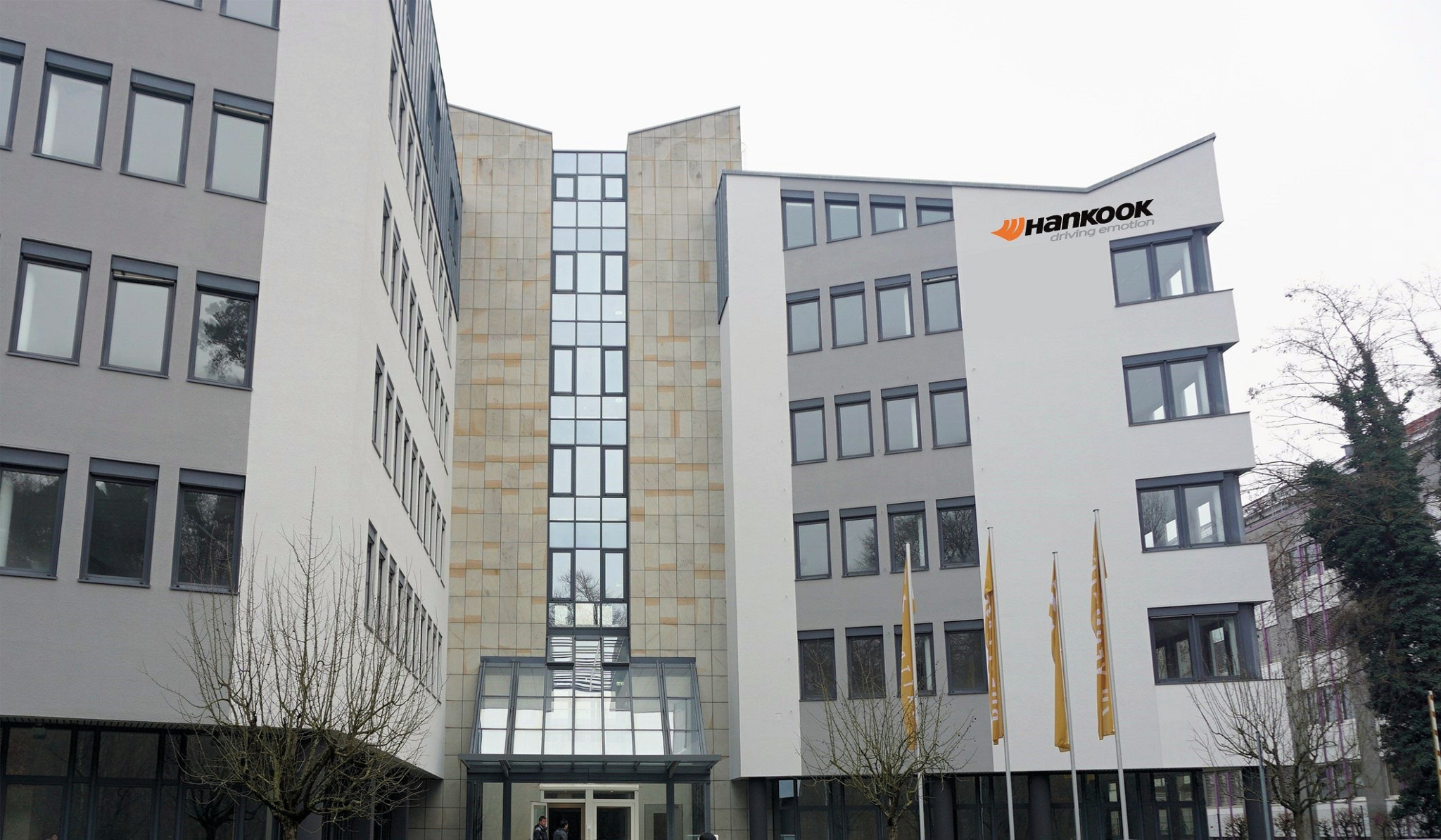
Hankook’s European original equipment truck and trailer tyre business ‘interrupted’
A special report on a delicate situation shows why the major supplier to the European commercial vehicle tyre market made new supply agreements with contracted OEM partners, and how the period of flux could work in its favour as tender processes commence Hankook Tire Europe’s intensive expansion of its original equipment truck tyres business over the last half-decade hit significant headwinds at the end of 2021. As a result, the manufacturer made the decision to largely discontinue corresponding deliveries at the start of 2022. Speaking to Tyres & Accessories’ sister magazine in Germany, Neue Reifenzeitung (NRZ), representatives from Hankook’s European headquarters in Neu-Isenburg were clear that the company had not withdrawn from original equipment, but that there has been an interruption, which will be followed by a “restart” in the next two years. This raises the question of how this strategic decision will be received in a shrinking market, while many in the aftermarket are wondering why such a drastic move was necessary in the first place.
Continue Reading
Pessimistic Chinese tyre industry: what does the future hold?
2022 has been a challenging year for the Chinese tyre industry. This year is coming to an end, but a feeling of anxiety is crossing regions and classes and spreads throughout the industry. From manufacturers to distributors, from vulcanisation workshop workers to corporate executives, many professionals are asking the question: Where is the future of China’s tyre industry?
Continue Reading
